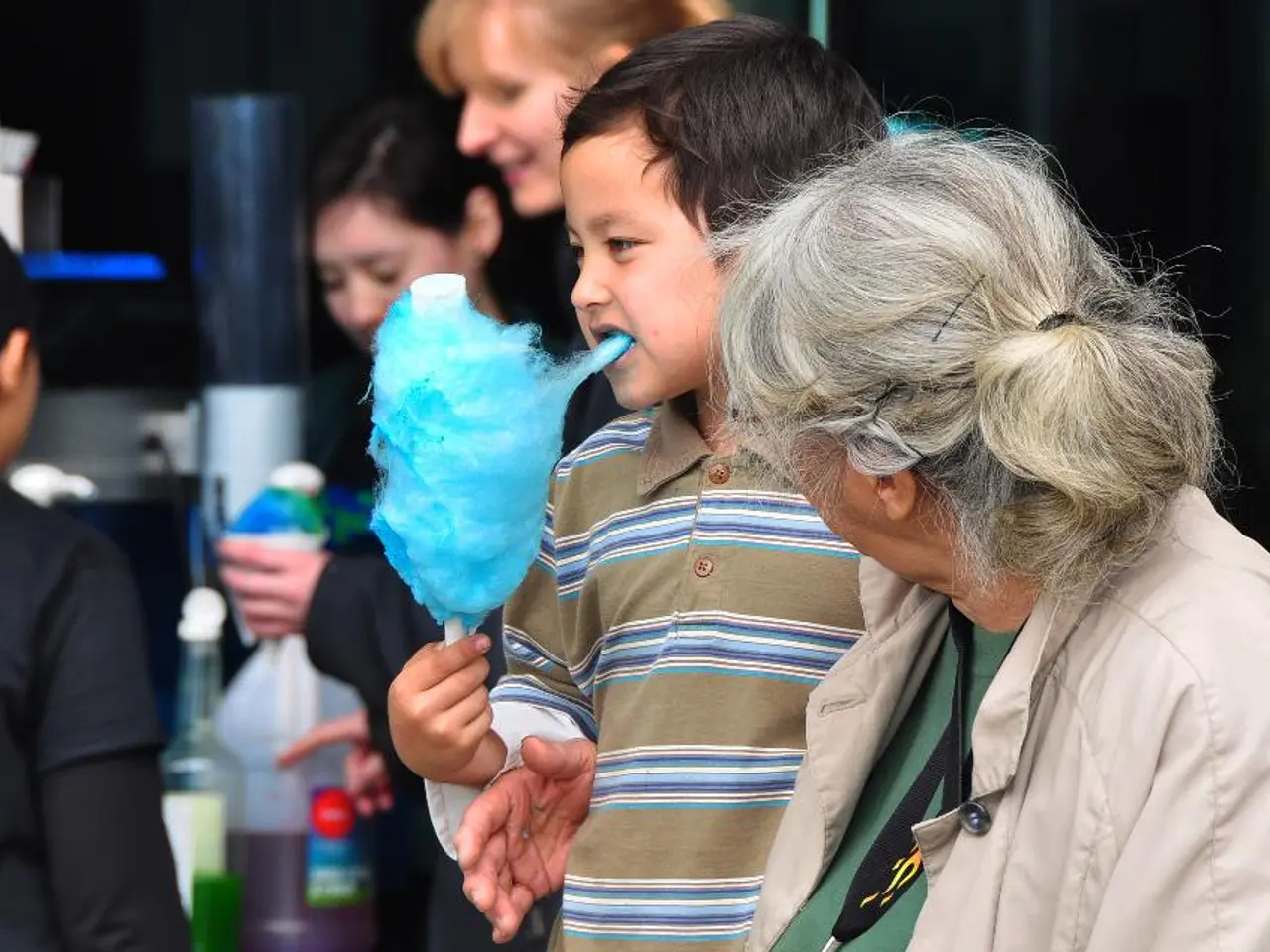EU-led €8.6M initiative focusing on utilizing biomaterials for managing jaw disease treatments
In a groundbreaking EU-funded research project named GreenNanoBone, led by the University of Liverpool, scientists are developing innovative biomaterials derived from plant-based food waste. This initiative, totalling €8.6 million (£7 million), aims to address a growing medical challenge: medication-related osteonecrosis of the jaw (MRONJ), while also exploring potential applications in various therapeutic areas.
At the heart of the project is a new approach: developing minimally invasive, precise therapies that encourage bone and soft tissue regeneration. GreenNanoBone's biomaterials are optimised using artificial intelligence, with the potential to benefit patients with osteoporosis and complex bone fractures beyond treating MRONJ.
Dr Katarzyna Gurzawska-Comis, the project coordinator from the University of Liverpool's School of Dentistry, spearheads this ambitious venture. GreenNanoBone aligns with multiple strategic clusters of Horizon Europe, including Health, Climate, Energy, and Mobility, Food, Bioeconomy, Natural Resources, and Environment.
The project brings together 18 partners across Europe, spanning various disciplines, including the Faculties of Health and Life Sciences and Science and Engineering at the University of Liverpool. These experts are working towards creating sustainable, biocompatible, and highly efficient solutions that could revolutionise medical treatments.
MRONJ is a serious side effect of bone-targeting agents (BTAs) such as bisphosphonates, commonly used to prevent bone metastases in breast, prostate, and lung cancer patients. Current treatments are limited, often relying on long-term antibiotics that can contribute to the development of antimicrobial resistance. GreenNanoBone aims to tackle this challenge, addressing unmet medical needs in oncology.
Beyond MRONJ, these AI-optimized biomaterials can have a wide range of applications. For instance, they can be used to create biodegradable implants with tailored properties for sustainable tissue engineering. AI can help design biomaterial scaffolds that mimic natural tissue structures, supporting the growth of functional tissues and organs, especially relevant in regenerative medicine for repairing or replacing damaged tissues.
In wound healing and skin regeneration, plant-based biomaterials can be enriched with bioactive compounds like flavonoids and polysaccharides, promoting tissue repair and reducing infection risks. AI-optimized biomaterials can also be used to create personalised skin grafts tailored to individual patient needs, improving graft survival and integration.
In the realm of 3D bioprinting and organ replacement, AI can help develop bio-inks from plant waste for creating complex tissue structures like blood vessels and organs. This approach could revolutionise bioprinting, overcoming key challenges such as vascularization.
Finally, AI-optimized biomaterials could be used for drug delivery systems, targeting specific cells or tissues to enhance efficacy while minimising side effects. They could also be explored for applications in bone grafting and dental implants, offering sustainable alternatives.
While these advancements offer many advantages, scaling up production while maintaining cost-effectiveness remains a challenge. Developing robust regulatory frameworks to ensure safety and efficacy in medical applications is crucial. Interdisciplinary collaboration between AI, biotechnology, and materials science fields is essential for the advancement of these technologies.
GreenNanoBone transforms agricultural waste into high-value medical solutions, supporting Europe's Green Transition with a "design for circularity" approach. The biomaterials are sustainably sourced from residual potato pulp and other plant-based waste from the food industry.
As cancer survival rates improve, the number of people affected by MRONJ is expected to rise. GreenNanoBone's innovative platform could provide a much-needed solution, benefiting thousands of cancer survivors and revolutionising medical treatments.
- The GreenNanoBone project, led by the University of Liverpool, is developing AI-optimized biomaterials from plant-based waste to address medication-related osteonecrosis of the jaw (MRONJ), a serious side effect in cancer patients treated with bone-targeting agents.
- These biomaterials, which could also benefit patients with osteoporosis and complex bone fractures, are not only suitable for bone regeneration but can also be used in tissue engineering, wound healing, skin regeneration, personalised skin grafts, drug delivery systems, and even 3D bioprinting for organ replacement.
- As environmental science and health-and-wellness become increasingly intertwined, these AI-optimized biomaterials, sourced from agricultural waste, support Europe's Green Transition with a "design for circularity" approach.
- While the advancements in digital health and medical-conditions through GreenNanoBone offer numerous benefits, challenges such as scaling up production while maintaining cost-effectiveness and developing robust regulatory frameworks must be addressed for the safe and effective use in medical applications.




